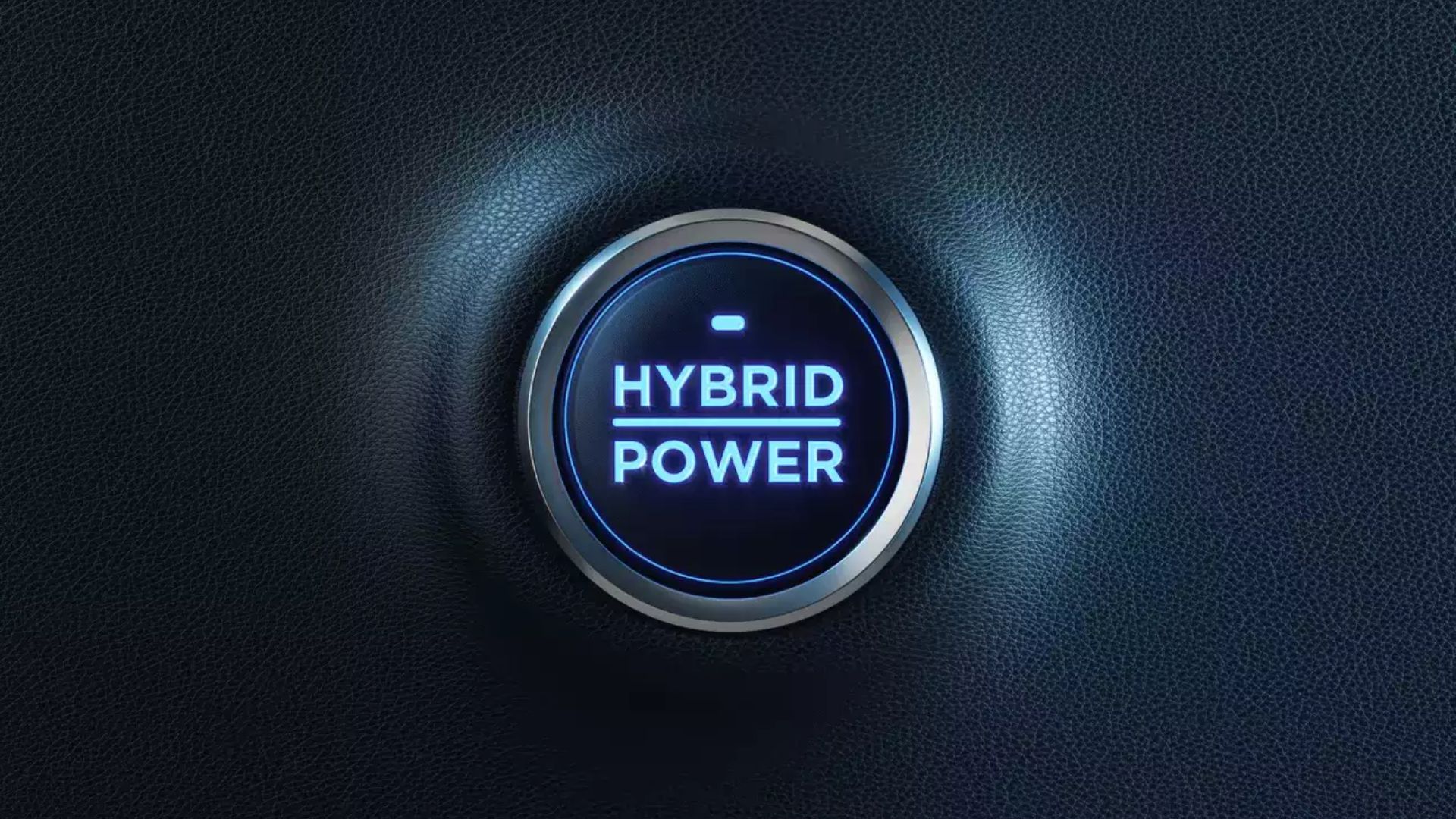Source : PTI | New Delhi: Hybrid vehicles are a practical medium-term solution for India’s decarbonisation drive as the country moves towards eventual electrification, according to a report by HSBC Global Research. Under the current circumstances, the total carbon emissions (well to wheel) from hybrid cars is lesser than that of electric vehicles (EVs) and it may take 7-10 years for EV and hybrid emissions to converge.
“Hybrids are critical not just from a cost of ownership perspective, but also for India’s de-carbonisation drive,” the report said.
Hybrids are much less polluting than EVs, it said, adding that the “total carbon emissions i.e. Well to Wheel (WTW) from an EV is currently 158 g/km vs 201 g/km for diesel, 176g/km for petrol, and 133 g/km for hybrid”.
This means that hybrids are 34%, 25%, and 16% less polluting than diesel, petrol, and a proportionate EV, respectively, it added.
Total emissions include both vehicle emissions — tank to wheel (TTW) and crude mining/refining emissions, power generation emissions — well to tank (WTT), the report said.
In the case of EVs, only the power generation emissions have been incorporated and not coal production emissions, which would have skewed the equation further in favour of hybrids, it added.
Stating that “it may take 7-10 years for EV and hybrid emissions to converge”, the report said the non-fossil share of power generation in India is currently 26% (FY23) and the blended Indian power generation emission is 716g/kWh.
Total emissions from hybrid cars and EVs will converge if non-fossil power generation in India moves up to 44%, it said, adding, “HSBC estimates that could take 7-10 years, while most other estimates are equal or less than this”.
“By 2030, even if India’s share of non-fossil fuel is 40%, hybrids will release 8% fewer emissions than EVs, down from 16% today,” the report said.
Although, over the long term, EVs are inevitable, the HSBC report said, “We believe India needs to embrace hybrids over the next 5-10 years as a credible and practical roadmap to full electrification.”











